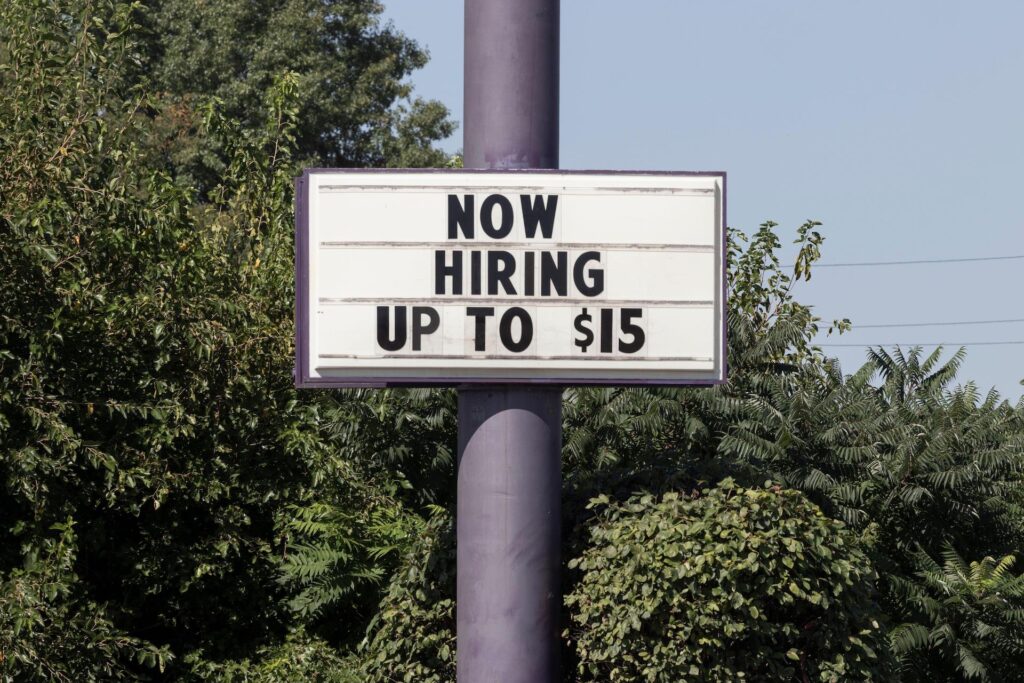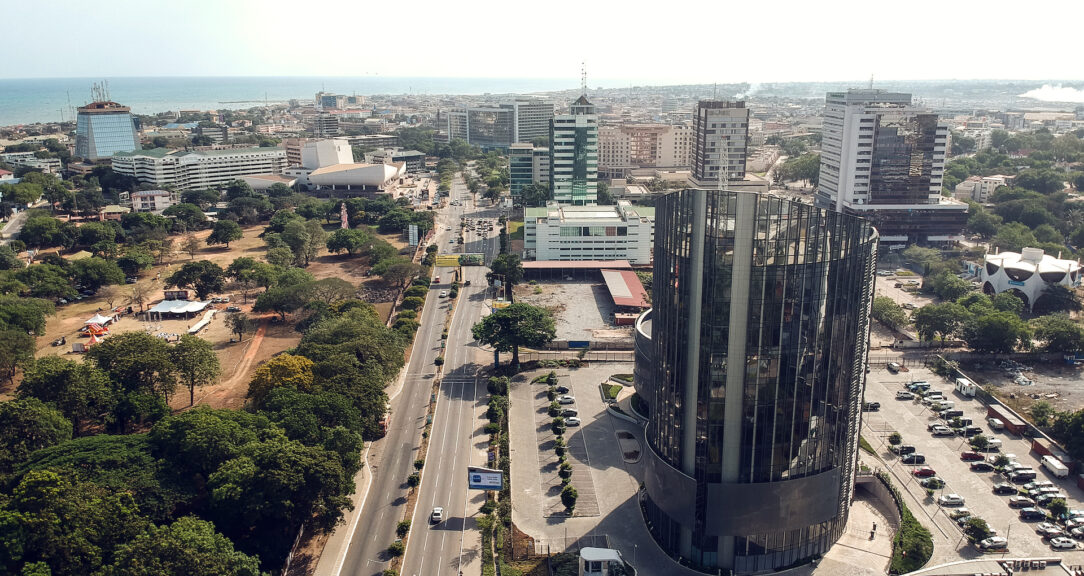“Demographic challenges are driving the labor shortage.”
Jennifer Lee
Senior Economist, BMO Canada, Toronto, Canada
Globally, everyone is facing the same issues when it comes to the current labor market. Obviously, things are changing to varying degrees in each country’s job market, but it continues to be tight. There are several reasons for our current labor shortage, but perhaps the most central drivers — particularly in high-income countries — are retirement, aging populations and inefficient immigration strategies.
We were already observing the leading edge of baby boomers retiring even before the pandemic, and now we’ve got the next wave of retirements increasing the shortage of available labor. After all, three years have gone by. Then there are others who are close to retirement, but aren’t quite there yet. However, they’ve become accustomed to working from home and, after having a little bit more of a work-life balance throughout the pandemic, were not particularly willing to give that up and go back to the workforce they once knew. It’s like our perspective on life has changed since the pandemic.
Then there’s the issue of immigration. In the U.S., immigration has been low, which has exacerbated the country’s labor shortage. In Canada, the population grew by a million last year in large part due to immigration, which will certainly help alleviate some of the shortages. But we all know you just can’t come in and start working right away. It takes time to train people, and not everybody’s going to have all the skills required for entering the labor market.
Ineffective immigration strategies, coupled with aging populations in high-income countries, mean that many global players are currently experiencing a very slow population growth. Combined with low birth rates, we shouldn’t expect a quick fix for the global labor shortage anytime soon. Even in countries like China, where the one-child policy was lifted in 2016, we didn’t see the baby boom that some were initially expecting.
This shortage will likely be with us until we see another baby boom or another type of rapid population growth.
Because of these factors, this shortage we’re experiencing will likely be with us for some time until we see another baby boom or another type of rapid population growth. But in the shorter term, we could see some relief as the global economy slows. In the U.S., for example, we saw the number of job openings finally fall below the 10 million mark for the first time since May 2021. While this news might not be great under normal circumstances, in this case it’s a sign that the job market is cooling while also hinting that we could see some downward pressure on wage demands and relieve inflation. In a tight labor market, businesses are going to pay more for employees while potentially producing less, which is bad news for the economy. This dynamic produces a wage-price spiral where businesses end up raising their prices and feeding inflation.
Money does talk, and higher wages and better working conditions are certainly not to be overlooked when discussing global labor shortages. We can increase pay, but at the end of the day we are going to have fewer people simply because the population is declining because of aging populations and lower birth rates. We don’t have another baby boom to fall back on like we did during the 1950s and 1960s. In order to start addressing this problem on a long-term basis, more incentives to have children will be needed through strong social policies, as well as changes to immigration.
A final point suggesting where we might be going: With this pandemic, there was a lot more focus on production within your own borders, especially with global supply chains being disrupted. You may need more workers to produce goods that were previously produced elsewhere, like vaccines or computer chips. I think this might be a more permanent fixture because we’re not going to take that chance again of being caught short.
“Higher wages would help resolve labor shortages.”
Prof. Dr. Simon Jäger
Director, Institute of Labor Economics, Bonn, Germany
Many countries around the world are currently facing labor shortages. From a classical economic perspective, there is a simple answer to shortages: higher prices. Applied to the labor market, this would suggest shortages could be overcome by raising wages. Some companies would have to withdraw from the market if they could not keep up with the competition. But for the economy as a whole, the result would be a social gain. While some less desirable jobs would be eliminated or automated, employees would be more likely to accept jobs or switch to jobs with higher wages and higher productivity.
Clemens Fuest, President of the ifo Institute, and I recently made this argument in regard to the current German labor market. A frequent objection to this strategy is that raising wages won’t resolve the labor shortage because the labor market is not a fully functioning market. From the perspective of modern labor economics, this is both correct and incorrect. The labor market experiences more friction than other markets. Wages can be influenced by employers if workers cannot easily change jobs, as well as by employees if their specific skills make them hard to replace. Frictions help explain why there can be vacancies and unemployment at the same time, or why minimum wages do not necessarily reduce unemployment.
Some skeptics argue that more competition for workers and wage increases would be merely redistributive or even harmful. Modern labor economics suggests the opposite is true. Labor shortages reflect the fact that current wages are lower than the potential output an employee could generate for their employer. Workers are often not deployed where they could be most productive. For example, an e-mobility startup cannot grow sufficiently if engineers aren’t incentivized to leave traditional auto suppliers. Offering competitive wages could generate a double benefit: Workers would be deployed where they are more productive, and wages and working conditions would improve. A recent U.S. study also shows that inequality is reduced as low-wage workers benefit disproportionately more from wage increases.
One concern is that higher wages lead to higher prices, causing real wages to stagnate amid inflation. While price increases can be expected, the U.S. study suggests that stronger competition for labor has also led to increased real wages for a large portion of workers. It’s also important to consider that the low-wage sector is often subsidized in countries such as Germany. This invariably distorts the costs of the sector’s goods and services. For example, in the case of a low-wage delivery app driver who relies on welfare subsidies, food delivered by the driver is already more expensive for society as a whole than the price on the bill would indicate. Increasing wages and prices in the low-wage sector would lower the need for subsidies and better reflect true costs.
The efficient allocation of scarce labor is becoming increasingly urgent.
Another concern is that more competition for labor could lead to an exodus of workers from socially relevant but regulated sectors, such as education or nursing. The fear is that if these workers could make more money elsewhere, they would be less likely to fill these crucial roles. In these sectors, however, the question of how to adapt pay and working conditions to ensure a steady workforce is a political one. A study of the German long-term care sector suggests that many workers who had left the field would re-enter — and existing workers would work more hours — if policymakers improved wages and working conditions.
None of this makes other strategies to deal with labor shortages — including immigration reforms, childcare offerings or tax incentives — less relevant. But the efficient allocation of scarce labor is becoming increasingly urgent. Policymakers could remove barriers to labor market competition. But employers and unions can themselves contribute by raising wages and improving working conditions in areas where labor is scarce.
What do you think? Join the debate by letting us know your thoughts.
Read more
Sign up to keep up to date with ReThink Q.








